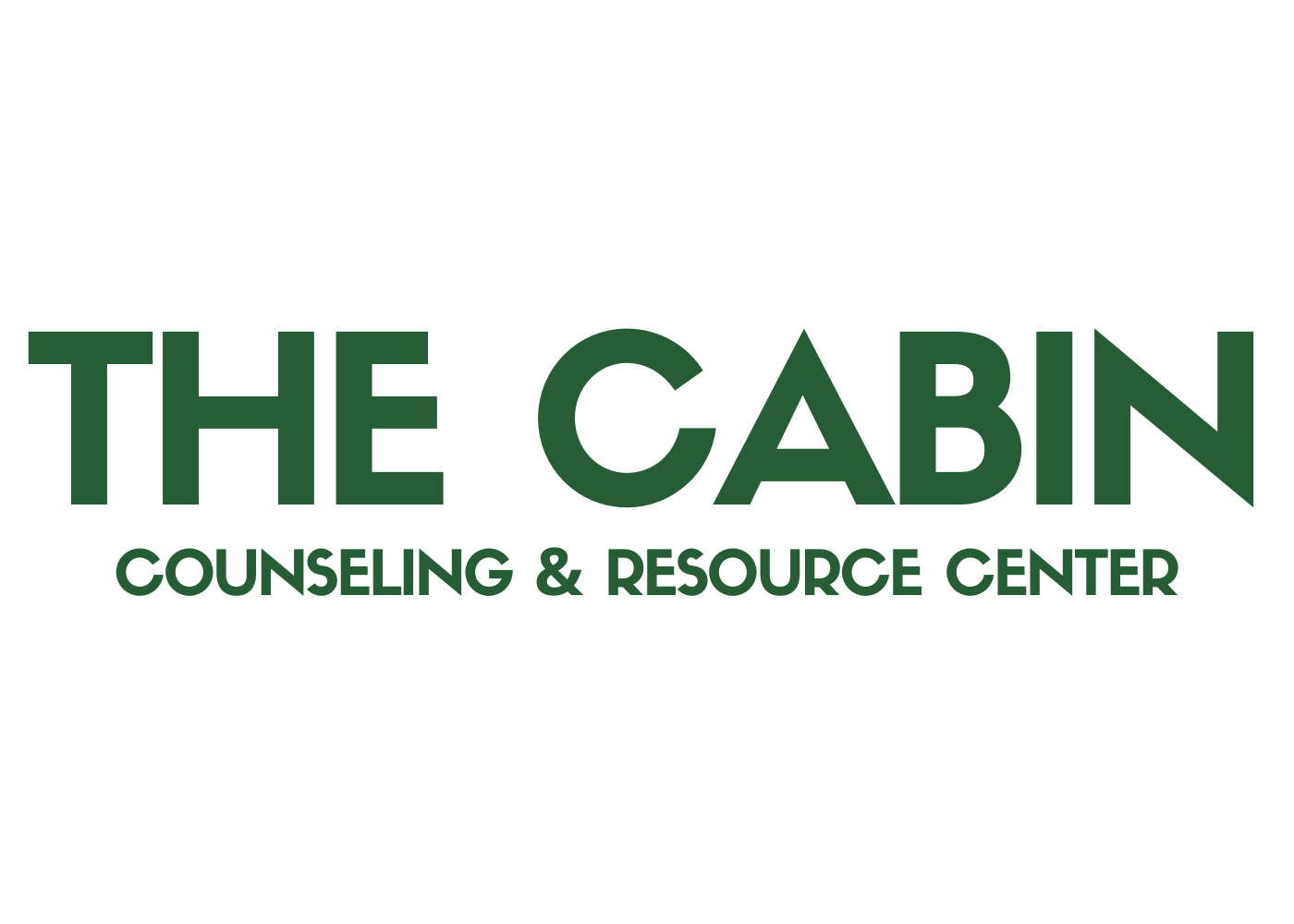What Is Art Therapy?
Art Therapy Art therapy is a form of psychotherapy that uses art media as its primary mode of expression and communication. It involves the use of creative techniques such as drawing, painting, sculpture, and other forms of visual art to help individuals express themselves, process emotions, and address psychological challenges. Here's a more detailed overview:
Key Aspects of Art Therapy
Expressive Medium: Art therapy uses various art forms to enable individuals to explore their feelings, reconcile emotional conflicts, foster self-awareness, manage behavior and addictions, develop social skills, improve reality orientation, reduce anxiety, and increase self-esteem.
Therapeutic Process: The process involves creating art and discussing the artwork with a trained art therapist. The therapist helps the client understand the meaning behind their art and how it relates to their inner experiences and emotions.
Non-Verbal Communication: Art therapy is especially beneficial for individuals who find it difficult to express their thoughts and feelings verbally. The act of creating art can provide a safe and symbolic means to communicate and process experiences.
Psychological Insights: Through the analysis of the created art pieces, therapists can gain insights into a person's psyche and use these insights to facilitate psychological healing and personal growth.
Diverse Applications: Art therapy is used in a variety of settings, including hospitals, schools, mental health clinics, private therapy offices, and rehabilitation centers. It can be applied to individuals of all ages, from children to the elderly.
Benefits of Art Therapy
Emotional Release: Creating art can be a cathartic activity that helps release pent-up emotions and stress.
Self-Discovery: It promotes self-discovery and understanding by revealing unconscious thoughts and feelings.
Stress Reduction: Engaging in creative activities can significantly reduce stress and promote relaxation.
Enhanced Communication: For those with communication difficulties, art provides an alternative way to express complex emotions and thoughts.
Therapeutic Gains: It can help improve mental health conditions like depression, anxiety, PTSD, and trauma.
Cognitive Development: It supports cognitive and motor skills development, especially in children and individuals with developmental disorders.
Techniques in Art Therapy
Drawing and Painting: These activities allow clients to visualize and process their emotions and thoughts.
Sculpture and Collage: These three-dimensional art forms can be particularly effective in expressing complex ideas and feelings.
Digital Art: With technological advancements, digital art is also being integrated into art therapy practices.
Art therapy is a powerful therapeutic tool that harnesses the creative process to promote mental and emotional well-being. By allowing individuals to express themselves in a non-verbal, artistic way, art therapy can help uncover deep-seated issues, provide emotional release, and foster healing and growth.

